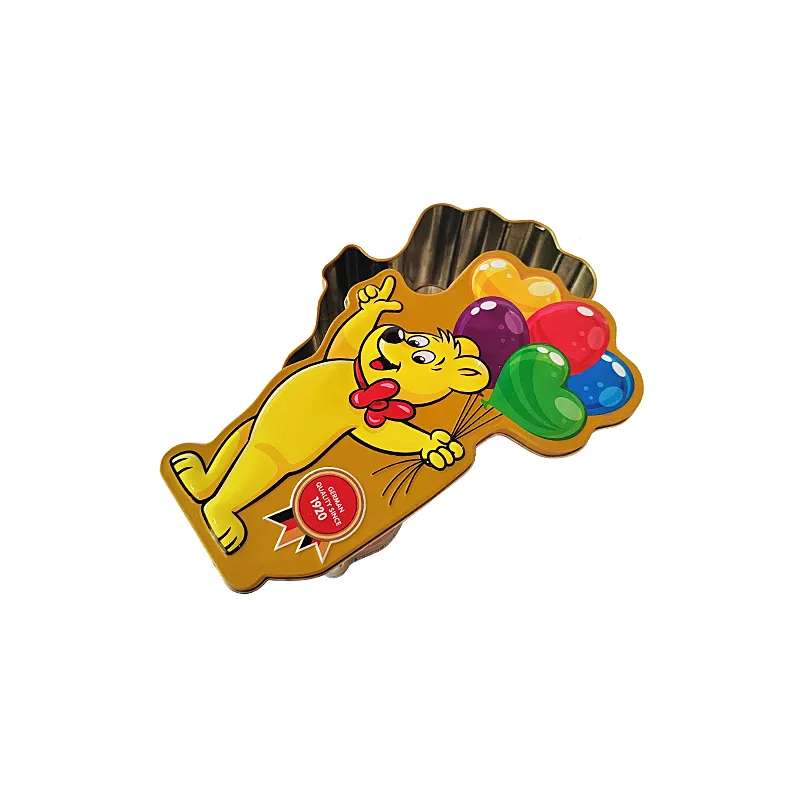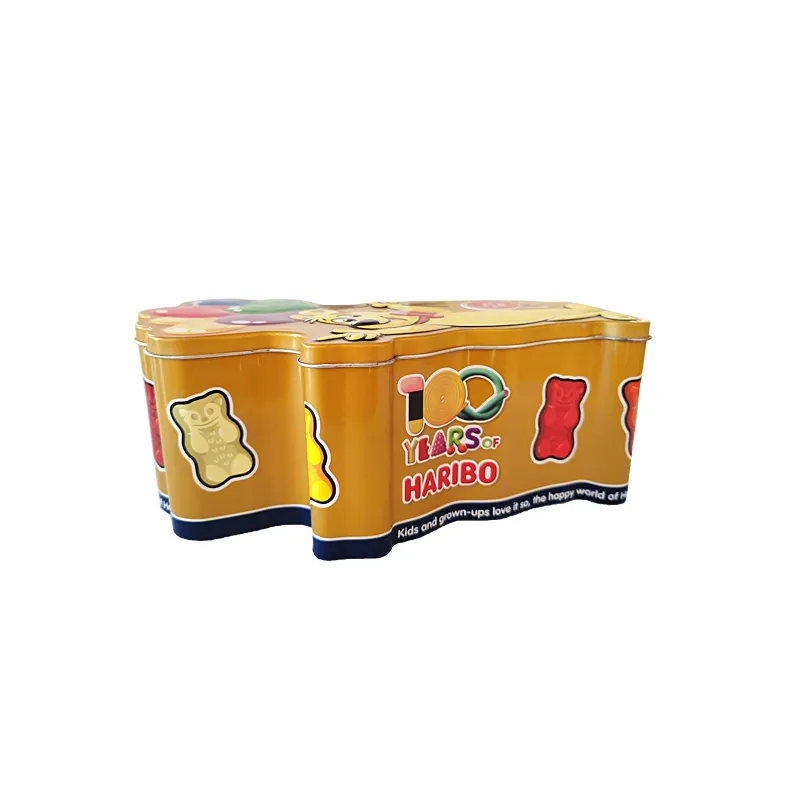As a packaging material widely used in food, cosmetics, gifts and other fields, tin cans are favored by consumers and manufacturers for their superior corrosion resistance and aesthetics. In the production process of tin cans, coatings play a vital role, not only enhancing the protective properties of tin cans, but also improving their appearance and decorativeness.
So, what exactly is the coating of tin cans? How does it work? This article will explore in depth the types, applications, processes and future development trends of tin can coatings.

What is the coating of tin cans?
1. Inner coating
The inner coating is mainly used to protect the inner surface of the tin can to prevent the substance in the can from direct contact with the metal, thereby avoiding chemical reactions and corrosion. Common inner coating materials include epoxy resin, polyester, polyurethane and acrylic resin. These coating materials have good chemical resistance, heat resistance and adhesion, and can effectively ensure the safety and quality of the substance in the can.
a. Epoxy resin coating: Epoxy resin coating has become a common choice for inner coatings due to its excellent chemical resistance and mechanical properties. It can resist the erosion of chemicals such as acids, alkalis and salts, and is widely used in food cans, beverage cans and pharmaceutical packaging cans.
b. Polyester coating: Polyester coating has good heat resistance and corrosion resistance, and is suitable for food packaging for high-temperature sterilization and hot filling. In addition, polyester coating also has good transparency and gloss, which is suitable for packaging cans that need to display the contents.
2. Outer coating
The outer coating is used to protect the outer surface of the tin can and enhance its weather resistance, corrosion resistance and decorativeness. Outer coating materials usually include polyurethane, acrylic resin and polyester. These materials can resist the erosion of the external environment, such as ultraviolet rays, moisture and mechanical wear, while improving the appearance quality of the tin can.
a. Polyurethane coating: Polyurethane coating has excellent wear resistance and weather resistance, and is suitable for packaging cans used outdoors. In addition, polyurethane coating also has good flexibility and adhesion, which can effectively protect the surface of the tin can from damage.
b. Acrylic resin coating: Acrylic resin coating is an ideal choice for outer coating due to its excellent gloss and transparency. It has good UV resistance and is not easy to fade, and is widely used in high-end gift cans and cosmetic packaging cans.

3. Printing coating
The printing coating is used to print patterns and text on the surface of the tin can to enhance the product's aesthetics and brand recognition. Commonly used printing coating materials include UV ink, thermosetting ink and water-based ink. These ink materials can form a firm and lasting pattern on the surface of the tin can, ensuring the stability and durability of the printing effect.
a. UV ink: UV ink has the characteristics of fast curing, high hardness and chemical resistance. It is cured by ultraviolet radiation to form a hard coating, and is widely used in high-precision and high-durability printing needs.
b. Thermosetting ink: Thermosetting ink is cured by high-temperature heating to form a firm coating. It has good adhesion and wear resistance and is suitable for printing applications that require high wear resistance and high adhesion.

Application of tin can coating
1. Food packaging
In the field of food packaging, the role of tin can coating is particularly important. The inner coating can effectively isolate the contact between food and metal can body, prevent chemical reactions and metal contamination, and ensure the safety and hygiene of food. The outer coating provides anti-corrosion and protection functions to extend the shelf life of food cans.
a. Canned food: Canned food such as canned fruit, canned meat and canned vegetables usually use epoxy resin or polyester inner coating to ensure the safety and stability of food during high temperature sterilization and long-term storage.
b. Beverage cans: Beverage cans such as carbonated beverage cans and juice cans are often protected by inner and outer double-layer coatings. The inner coating prevents the beverage from directly contacting the metal, and the outer coating provides beautiful printing and protection.
2. Cosmetic packaging
Cosmetic packaging cans have more stringent requirements on coatings, which must ensure the purity and stability of the contents and have a beautiful appearance. Polyester and acrylic resin coatings have become common coating materials for cosmetic cans due to their excellent transparency and glossiness.
a. Face cream cans: High-end face cream cans usually use transparent polyester coatings to show the texture and color of the product while providing excellent anti-corrosion protection.
b. Ointment cans: Ointment cans are mostly coated with acrylic resin to ensure the beauty and durability of the can body while ensuring the purity and quality of the ointment.
3. Gift packaging
Gift packaging cans have high requirements for the decorativeness of the coating. Through high-quality printing coating, colorful patterns and exquisite designs can be achieved to enhance the market competitiveness and brand image of the product.
a. Tea cans: Tea cans are usually printed with UV ink coating to achieve fine patterns and texts while providing excellent protective performance.
b. Candy cans: Candy cans are often coated with thermosetting ink to ensure the durability and wear resistance of the printing effect while improving the beauty of the can body.
Tin can coating process
1. Coating process flow
The production process of tin can coating includes multiple steps such as cleaning, pretreatment, coating, curing and testing. Each step is crucial to the quality and performance of the coating.
a. Cleaning and pretreatment: Before coating, the tin can needs to be cleaned and pretreated to remove oil, dust and oxides on the surface to ensure the adhesion and uniformity of the coating.
b. Coating: The coating process includes spraying, dipping and rolling. According to the coating material and application requirements, choose the appropriate coating method to ensure the uniformity and thickness of the coating.
c. Curing: The coated tin cans need to be cured to completely crosslink and cure the coating material to form a strong and durable coating. Curing methods include thermal curing and UV curing.
d. Testing: The cured tin cans need to undergo strict quality testing, including testing of coating thickness, adhesion, corrosion resistance and appearance, to ensure that the products meet quality standards and customer requirements.
2. Improvement of coating process
With the continuous advancement of science and technology, the tin can coating process is also constantly improving. The application of automated production equipment and intelligent control systems has greatly improved the efficiency and quality of the coating process. At the same time, the research and development of new materials and new processes has also provided more possibilities for tin can coating.

Conclusion
As an important component of protecting and decorating tin cans, tin can coating has multiple functions such as corrosion resistance, wear resistance and beauty. Through the reasonable selection and application of inner coating, outer coating and printed coating materials, tin cans can show their superior performance and charm in different fields.

